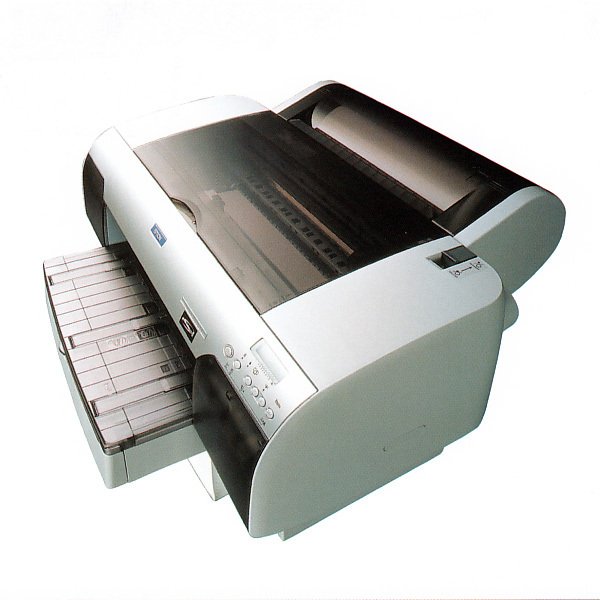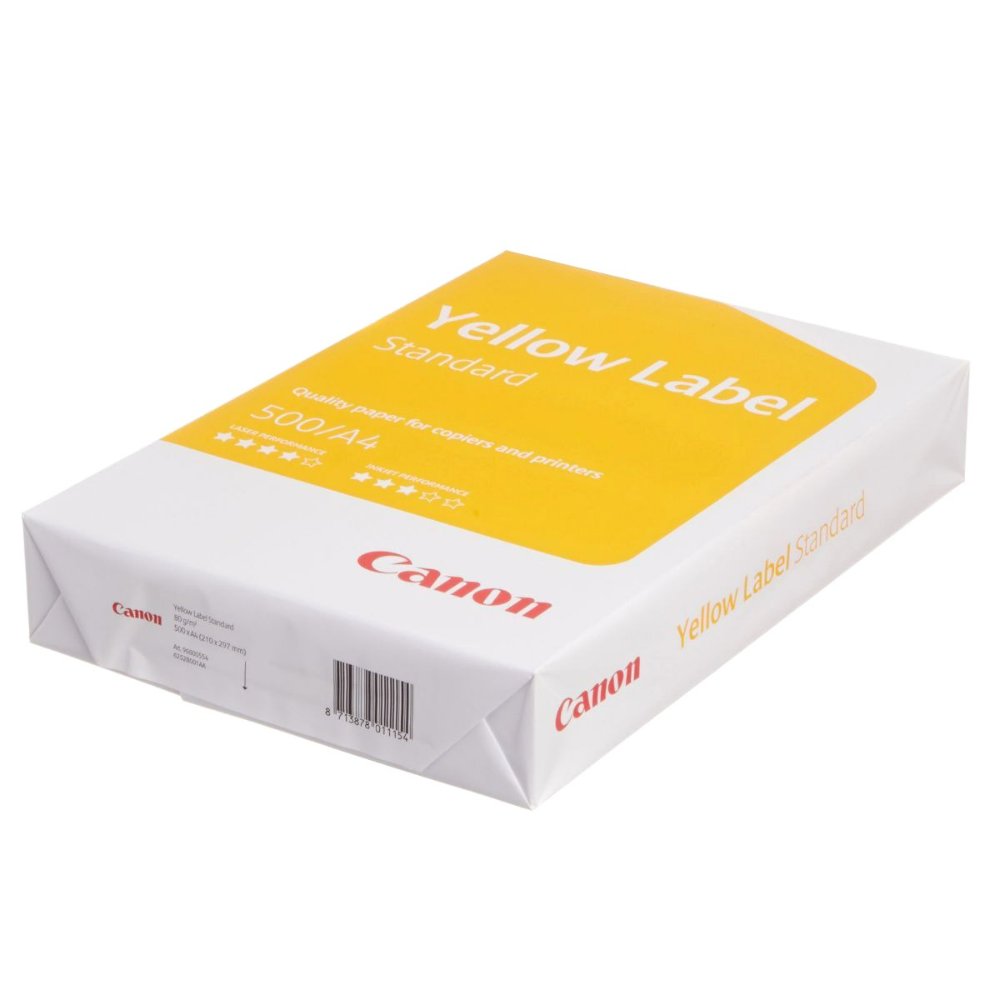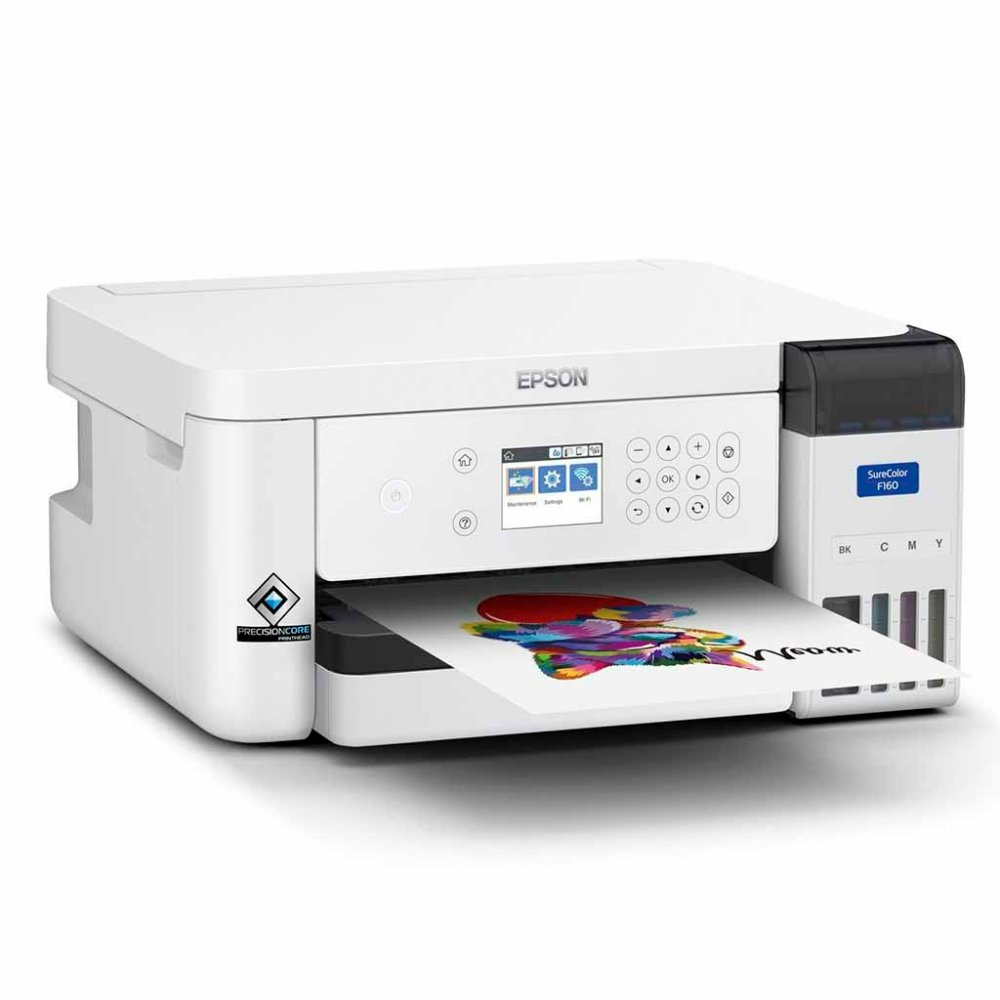Introduction to Printer Paper Sizes
Choosing the right paper size is vital for any print job. Whether for a business report, a brochure, or classroom materials, using the correct standard printer paper size can make a big difference. Throughout the world, paper sizes have been standardized to ensure consistency and compatibility between printers and various paper types.
The most widely used standards come from the International Organization for Standardization (ISO), specifically the ISO 216 series. These sizes provide guidelines that manufacturers and users follow to prevent issues like misalignment or incomplete prints. By understanding these standard sizes, users can ensure their documents are presented professionally and fit well with any corresponding envelopes or folders.
In the following sections, we will explore the most common printer paper sizes—including A, B, and C series—as outlined by the ISO. We’ll also discuss other regional variations like North American and Japanese sizes. This will help you to make informed decisions when choosing paper for your specific printing needs.
Be it flyer creation, crafting a custom greeting card, or printing a detailed graph for a report, knowing the options available is the first step. Familiarize yourself with the standard printer paper size to make your print projects more effective and visually appealing. Let’s dive into the world of printer paper sizes and see how they can impact the success of your printing endeavors.

The ISO 216 Standard for Paper Sizes
The ISO 216 specification lays out an international standard for printer paper sizes. These dimensions originate from Germany and quickly spread across the globe. This standard simplifies document exchange and printing equipment design.
A Series Paper Sizes
A Series sizes are the most recognized worldwide. The ‘A4’ size is standard for office documents. Each ‘A’ size is half the previous one, making scaling up or down easy.
B Series Paper Sizes
B Series sizes offer options between the A Series. For instance, ‘B5’ is midway between ‘A4’ and ‘A5’. This series is less common but useful for specific needs.
C Series Paper Sizes
C Series sizes cater to envelopes. They are slightly larger than A Series papers, allowing A size documents to fit inside perfectly, making them crucial for mailing purposes.
The Most Common Printer Paper Sizes
In the realm of printing, the most common printer paper sizes are those that fall within the A, B, and C series as defined by the ISO 216 standard. These sizes cater to a range of needs, from everyday office documents to envelopes and posters. Below you’ll find a brief overview of each set of sizes.
A Series Paper Sizes
The A Series represents the standard printer paper size used for general printing and is widely recognized across the globe. The ‘A4’ paper size stands as the most frequently used size, especially for office documents, forms, and letters. Here’s a simple breakdown:
- ‘A0’ is the largest, used for technical drawings and posters.
- ‘A1’ is half the size of A0, good for flip charts and large diagrams.
- ‘A2’ suits medium-sized posters and diagrams.
- ‘A3’ which is half of A2, is great for drawings, diagrams, and large tables.
- ‘A4’ is the go-to size for office documents and letters.
- ‘A5’ suits smaller booklets and flyers.
- ‘A6’ is ideal for postcards and small brochures.
These sizes ensure scalability. When you half a size, it retains the same proportions. This makes resizing documents a hassle-free task.
B Series Paper Sizes
B Series paper offers intermediate sizes. These aren’t as widespread as the A Series but play a vital role when a custom fit is needed. They bridge the gap between A series sizes. For example, ‘B5’ fits perfectly between ‘A4’ and ‘A5’. The B series is excellent for:
- Large books (‘B4’, ‘B5’)
- Journals and specialized printing (‘B6’ and so forth)
C Series Paper Sizes
The C Series mainly serves envelope production. The sizes are slightly larger than their A Series counterparts to accommodate A size documents with ease. From ‘C0’ to ‘C10’, each size offers a suitable match for A Series documents, ensuring that your papers can be sent securely. The C sizes are particularly important for:
- Sending letters (‘C4’ for ‘A4’ documents)
- Greeting cards (‘C6’ for ‘A6’ size)
Understanding these standard sizes is crucial for anyone involved in printing, as it can influence the effectiveness of your printed material and convey a professional appearance. By selecting the appropriate paper size, you ensure that your documents fit the intended purpose remarkably well.

Regional Variations in Standard Paper Sizes
While ISO 216 is a widely recognized standard for printer paper sizes, regional variations do exist. Understanding these variations is key when dealing with international documents or clients from different parts of the world.
North American Sizes
North American paper sizes differ slightly from the ISO 216 standard. In the United States and Canada, ‘Letter’ size paper is more common than A4. This standard printer paper size measures 8.5 by 11 inches. They also use ‘Legal’ size, which is 8.5 by 14 inches, and ‘Tabloid’ paper, which measures 11 by 17 inches. These sizes are often used for a variety of documents, such as legal paperwork, presentations, and newspapers.
For creative and marketing materials, ‘Executive’ at 7.25 by 10.5 inches and ‘Statement’ size at 5.5 by 8.5 inches are popular. It is important for professionals to be familiar with these sizes, as they impact the layout and design of North American documents.
Japanese Sizes
Japan uses its own set of paper sizes known as the JIS (Japanese Industrial Standards) P series. Similar to the ISO standards, the JIS P series starts with ‘B0’ as the largest. However, they also include a unique ‘Shiroku-ban’ and ‘Kiku’ sizes. ‘Shiroku-ban’ measures approximately 7.6 by 10.1 inches and is often used for books and magazines. ‘Kiku’ size, on the other hand, is commonly used for envelopes and measures roughly 4.6 by 6.2 inches.
Japanese sizes also include ‘A-ban’ which is similar to the ISO A series but with slightly different dimensions. For example, the ‘A4’ in the JIS P series is marginally larger than the ISO ‘A4’. Professionals dealing with Japanese printing need to be aware of these specific sizes to ensure compatibility and proper presentation.
In conclusion, while ISO 216 provides a universal framework, variations like North American and Japanese sizes reflect regional preferences and usage. Knowing these sizes supports accurate design, professional appearance, and global compatibility for your printed projects.

How to Choose the Right Paper Size for Your Project
Choosing the right paper size for your project can be a straightforward process if you consider the purpose of the printed material. First, identify the type of document you are creating. Is it a standard office document, a part of a marketing leaflet, or a poster? Each type calls for a different standard printer paper size.
For standard documents like letters or reports, ‘A4’ is often the safe choice. This size is widely used and accepted in business and academic settings. If the document requires a little more space for legal content or charts, consider ‘Legal’ or ‘A3’ sizes.
When creating promotional material such as flyers or booklets, smaller sizes like ‘A5’ and ‘A6’ are more appropriate. They are easy to handle and great for distribution. If you need to create a visual impact with posters or technical drawings, larger sizes such as ‘A1’ or ‘A0’ will serve you better.
Always remember to check your printer’s capabilities. Not all standard printer paper sizes may be supported by your printer. Make sure the size you select is compatible with your printing equipment.
Lastly, consider the final presentation of your document. Will it need to be folder or mailed? If so, ‘C Series’ envelopes are designed to complement ‘A Series’ paper sizes. For example, if you have an ‘A4’ document, a ‘C4’ envelope is the matching size.
By keeping the document’s purpose, your printer’s specifications, and the final presentation in mind, you can select the right paper size confidently. This will ensure your project is presented professionally and effectively.
The Importance of Understanding Paper Size for Printing
Understanding standard printer paper size is key to successful printing projects. It affects how documents print and look. Knowing the right size for your needs means prints come out correct and professional. This knowledge avoids paper waste and printer jams.
Choosing a size that matches the project intent is essential. It ensures documents look good and function well. If you’re sharing printed materials, using the correct paper size keeps your work consistent. It aligns with what recipients expect, either in your region or internationally.
Familiarity with paper sizes also helps when designing projects. It ensures that texts and images fit well within the page margins. Correct sizing prevents unnecessary reprints due to layout issues. In design, the right paper size impacts texts presentation and overall design appeal.
Ready understanding of paper sizes makes printing faster and more efficient. It saves time in setting up print files. For businesses, it means quicker job turnovers and less confusion. It’s an important part of streamlining the printing process.
Whether doing a small print job at home or a large run for a business, grasping paper size standards is critical. Keep these standards in mind to maintain quality and effectiveness in all your printing tasks.
Compatibility Between Printers and Paper Sizes
Ensuring compatibility between printers and standard printer paper size is crucial for flawless printing. Printers come with varying capabilities and pan size limitations. Here are key points to consider:
- Check Your Printer’s Specifications: Before selecting paper, review your printer’s manual. Confirm the range of paper sizes it supports.
- Software Settings Matter: Within your print dialogue, match the document size with the printer settings. A mismatch can lead to improper prints.
- Printer Trays and Feeders: Some printers have adjustable trays. Others require manual feeding for sizes outside the standard range.
- Consider the Print Job: Large-scale prints, like posters, need printers capable of handling big paper sizes. Smaller tasks may work with any home printer.
Understanding the interplay between standard printer paper size and printers ensures optimal outcomes. When in doubt, test print on a single sheet to avoid wasting paper and ink. By aligning paper size with printer specifications, you ensure each print job runs smoothly and looks professional.